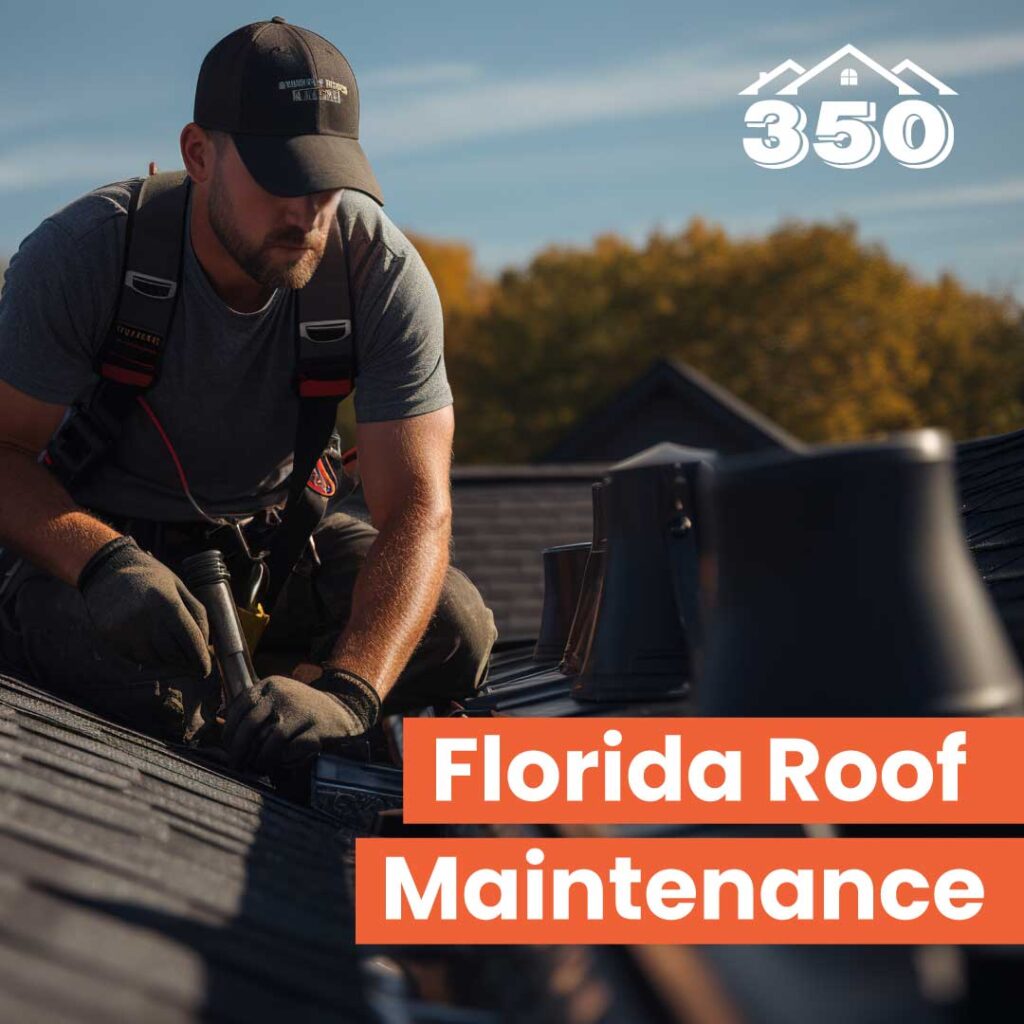Maintaining a roof in Florida is no small feat. The state’s unique climate, marked by high humidity, frequent rain, intense heat, and occasional hurricanes, presents significant challenges for homeowners. Proper roof maintenance is essential to protect your home from the elements and extend the life of your roof. This comprehensive guide will provide you with all the information you need to keep your Florida roof in excellent condition.
Why Roof Maintenance is Crucial in Florida
Florida’s climate can be harsh on roofs. The combination of heat, humidity, and storms can cause a range of issues, from mold growth to structural damage. Regular maintenance helps to:
Prevent Leaks: Identifying and fixing small issues before they become major problems can save you from costly repairs.
Extend Roof Life: Regular care can significantly extend the lifespan of your roof, ensuring you get the most out of your investment.
Improve Energy Efficiency: A well-maintained roof can improve your home’s insulation, reducing energy costs.
Enhance Curb Appeal: A clean, well-maintained roof boosts your home’s appearance and value.
Key Roof Maintenance Tasks for Florida Homeowners

1. Regular Inspections: Conducting regular inspections is the cornerstone of effective roof maintenance. Aim to inspect your roof at least twice a year, ideally in the spring and fall. Look for:
- Missing or Damaged Shingles: Replace any shingles that are cracked, curled, or missing to prevent water penetration.
- Moss and Algae Growth: These can retain moisture and cause damage to shingles.
- Use a roof cleaner designed to remove algae and moss.
- Debris: Remove leaves, branches, and other debris to prevent water pooling and damage.
- Flashing: Ensure that the metal flashing around vents, chimneys, and skylights is intact and secure.
2. Cleaning Gutters and Downspouts
Clogged gutters can cause water to back up and seep under the roof, leading to leaks and water damage. Clean your gutters and downspouts regularly, especially after storms.
3. Trimming Overhanging Branches: Trees add beauty and shade to your property but overhanging branches can damage your roof. Trim back any branches that are close to or touching your roof to prevent them from scraping the shingles or providing a pathway for pests.
4. Addressing Mold and Mildew: Florida’s humid climate is perfect for mold and mildew growth. These can cause health problems and damage your roof. Use a mixture of water and bleach to clean affected areas, and consider installing zinc or copper strips to prevent future growth.
5. Checking for Animal Damage: Animals like squirrels and birds can cause significant damage to roofs. Look for signs of nests, chewing, or other damage and take steps to prevent animals from accessing your roof.
6. Sealing and Painting: Applying a sealant can protect your roof from water damage and UV rays. Additionally, painting your roof with a reflective coating can reduce heat absorption, making your home more energy-efficient.
Professional Roof Maintenance Services
While many maintenance tasks can be done by homeowners, some are best left to professionals. Hiring a reputable roofing contractor for an annual inspection and maintenance can ensure that any issues are identified and addressed promptly. Professionals have the expertise and equipment to handle more complex tasks, such as:
- Thorough Inspections: Using specialized tools and techniques to detect hidden issues.
- Repairs and Replacements: Performing high-quality repairs or replacements as needed.
- Roof Cleaning: Providing professional cleaning services to remove stubborn moss, algae, and debris.
FAQs about Florida Roof Maintenance
Q: How often should I inspect my roof?
A: It’s recommended to inspect your roof at least twice a year, in the spring and fall, and after major storms.
Q: What are common signs of roof damage?
A: Common signs include missing or damaged shingles, water stains on the ceiling, mold or mildew growth, and sagging areas on the roof.
Q: Can I clean my roof myself?
A: Yes, but it’s important to use the right tools and cleaning solutions. Avoid using high-pressure washers, as they can damage shingles.
Q: How do I know if my roof needs to be replaced?
A: If your roof is more than 20 years old, has extensive damage, or frequent leaks, it may be time to consider a replacement.
Q: What is the best roofing material for Florida homes?
A: Asphalt shingles, metal roofing, and tile are popular choices due to their durability and resistance to Florida’s climate conditions.
Proper roof maintenance is essential for Florida homeowners to protect their investment and ensure their home remains safe and comfortable. By conducting regular inspections, cleaning, and addressing any issues promptly, you can extend the life of your roof and avoid costly repairs. For complex tasks, consider hiring a professional roofing contractor to ensure your roof remains in top condition year-round. Taking these steps will help you enjoy peace of mind and a well-maintained roof that can withstand Florida’s unique climate challenges.
